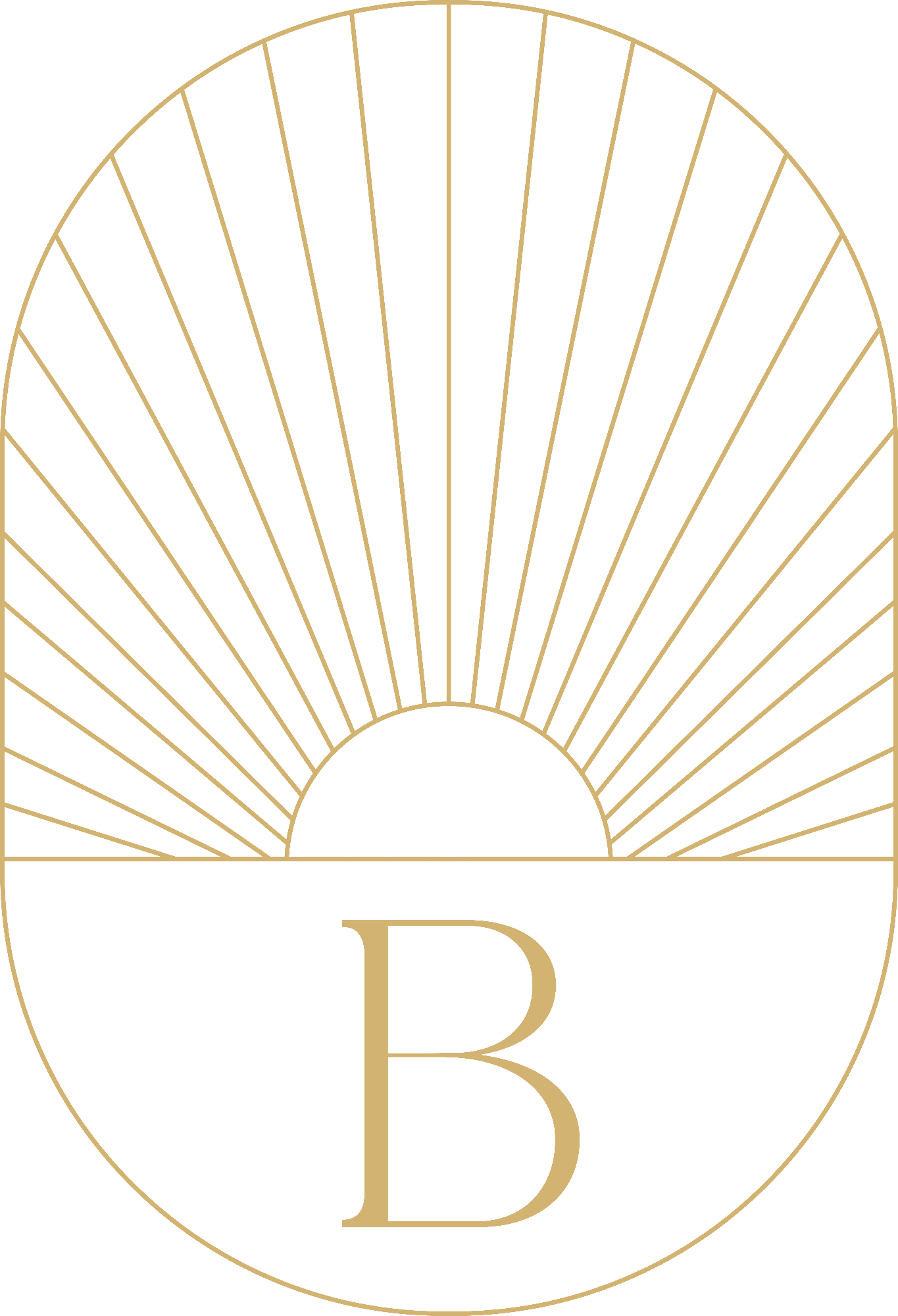A Simple Guide to the Chakras
Posted on
For me, any consideration of the chakras needs to begin with a discussion of the subtle body because, without understanding this, we can struggle to understand the important role played by these beautiful but complex energy centres.
Very briefly, and according to Yoga philosophy, each one of us is made up of five koshas or bodies.
The first body is called the annamaya kosha. This is our physical body - it is the body that we can see, comprising our skeleton, muscles and organs. We can’t actually see the other four bodies although the more we practise Yoga and meditation, the more we are able to sense their presence.
The second body is the pranamaya kosha or subtle body which contains our life force energy, our prana. We take in prana mainly via our breath but also through food, water and sunlight. This energy is then carried throughout the body via subtle channels called nadis and is controlled via the chakras.
Where are the chakras?
Chakra is a Sanskrit word that means wheel or disk. It also indicates movement so chakra is often translated as “spinning wheel” or “energy centre”. A description I love is “fountain of energy”.
Although there are numerous chakras located within the energetic body, the following are the seven most important which are all located along an important energy channel called sushumna nadi. This runs from the base of the spine to the crown of the head passing through each chakra in turn.
Muladhara or Root Chakra,
Swadhisthana or Sacral Chakra,
Manipura or Solar Plexus Chakra,
Anahata or Heart Chakra,
Visuddhi or Throat Chakra,
Ajna or Third Eye Chakra,
Sahasrara or Crown Chakra
Each chakra corresponds to a particular stage of life where it is said to exert a specific area of influence - over our sense of security, our sexuality, our personal power, our ability to love, our ability to express ourself, our level of insight and, ultimately, our consciousness. As we work through each chakra from the root to the crown and accept the lessons it offers us, we begin to grow, fulfil our dharma and connect with our True Self.
In this way, we can view the chakras as vehicles for profound transformation. Anodea Judith, a respected authority on the chakras (and someone whose work I refer to often) calls them, “Sacred centres of the Self.”
What does it mean when a chakra is blocked or imbalanced?
It is important to be aware that chakras also store prana. When the chakra system is balanced, this pranic energy flows freely and we feel peaceful and at ease.
However, stress, a negative experience or a trauma can cause us to either overcompensate (where we increase our energy to fight the stress) or practise avoidance (where we decrease it and withdraw from the situation).
The associated chakra can then become blocked or imbalanced, storing either too much or too little prana, with the individual then displaying either the excessive or deficient characteristics linked to that chakra.
Let us consider how this might play out with the Root or Muladhara Chakra.
Signs of a blocked root chakra
The root chakra governs the first or survival stage of life from birth to the age of fourteen. This is located at the base of the spine in the perineal region and provides us with our sense of stability and grounding. It is principally affected by our relationship with our family of origin and, when in balance, we feel safe, secure and grounded.
However, stress experienced at this stage of life, for example, separation from our parents or constant relocation can cause us to either overcompensate or practise avoidance.
Overcompensation could exhibit as a tendency to over-eat, being excessively possessive or as an inability to move forward; conversely, deficiency could express itself as a tendency towards underweight, being withdrawn and isolated or suffering severe anxiety or panic attacks.
We might recognise these traits, not just in ourself but also others.
How can I rebalance a chakra?
As we commit to a regular Yoga practice and develop more subtle awareness, we can become more attuned to the chakras which can, in turn, help us gain a new level of insight into the struggles we face.
In my own personal Yoga practice, I have found the sacred bija mantras, in particular, to be a beautiful and effective way to make this connection.
Each chakra has its own bija mantra. These are:
Muladhara Chakra - Lam
Swadhisthana Chakra - Vam
Manipura Chakra - Ram
Anahata Chakra - Yam
Visuddhi Chakra - Ham
Ajna Chakra - Om
Sahasrara Chakra - Silence
Chanting these sacred sounds may also be a way for us to overcome blockages and imbalances in each centre.
A beautiful practice is to take the awareness to each chakra in turn, breathe in and, as you breathe out, chant its bija mantra four times. Repeat three times, the first time aloud, the second time quietly and the final time silently. Follow this with a period of sitting in silence.
The chakras can help us to understand ourself and our world
Ultimately, the chakra system may be seen as a profound lens through which we can understand ourself (and others) better, as well as a tool to help us navigate our life in a more balanced and harmonious way.
What has your experience of the chakras been and how do you connect with them, both on and off the mat?
I would love to hear your own thoughts on this. Please leave your comments in the box below.
Until next time,
Brenda x

Add a comment: